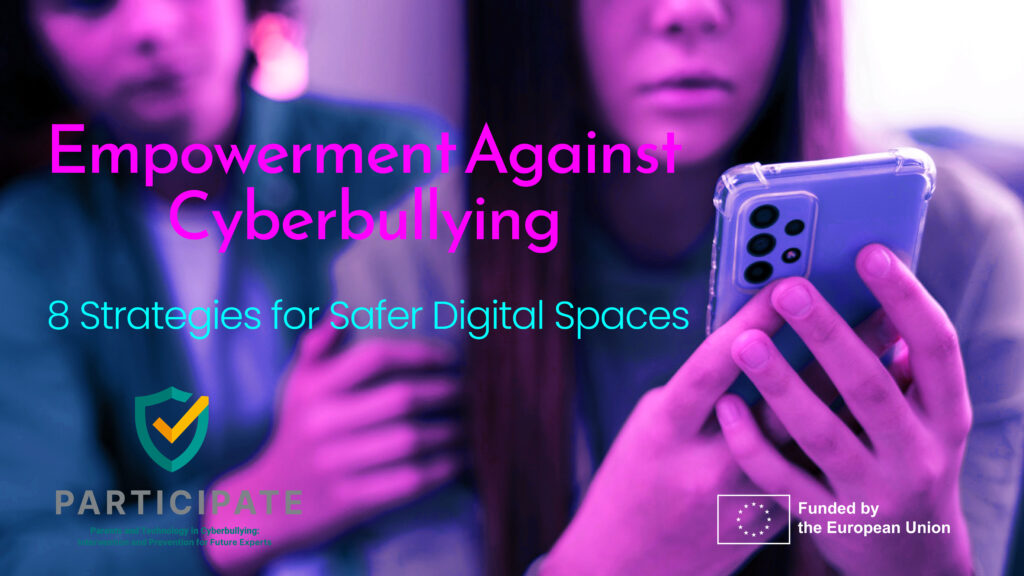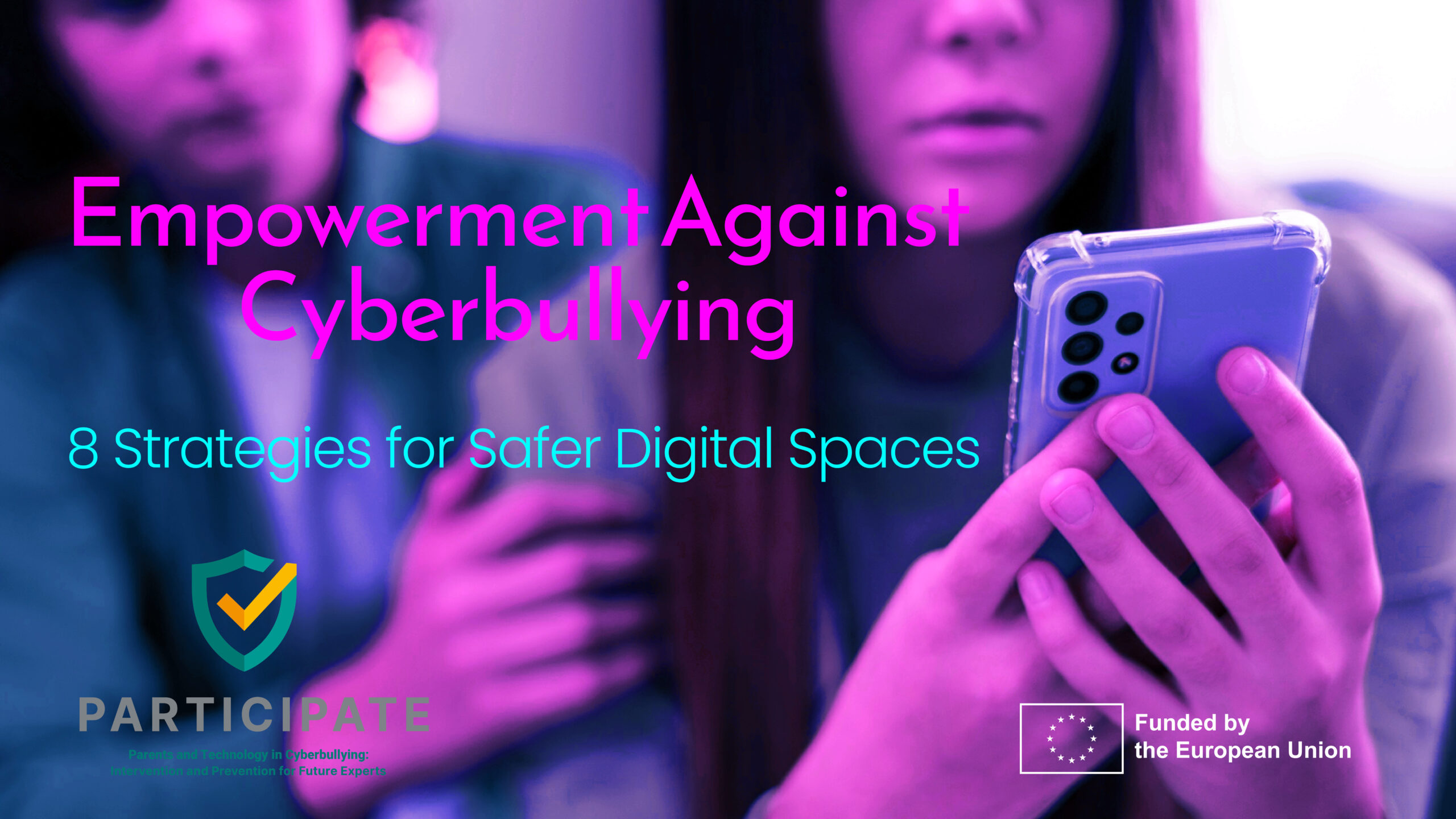
Jonathan Haidt’s best-seller Anxious generation suggests that phone-based childhood (which has replaced play-based childhood) is a major reason for mental health crisis among youth. I have not read the book yet, but I was recently thinking about a related issue, namely cellphone use and loneliness; it is not far-fetched to assume that the current “loneliness epidemic” is associated with how (and how much) we are engaged with our phones.
3 Ways on which phone-based life contributes to loneliness
Nokia, the former market leader in cell phone production, used to have a slogan “Connecting people”. However, at least three ways come to mind in which our phone-based life can contribute to isolation and loneliness:
- First, the quality of relationships may remain superficial as face-to-face interactions get scarcer. Intuitively, especially after covid-19, we all know that meeting face-to-face with a friend has qualities that cannot be replaced by digital communication.
- Second, following others’ social media posts can create the perception that others are constantly having fun together – accentuating one’s own experience of loneliness.
- Third, even when spending time together with a friend, the interaction may be repeatedly interrupted by each interaction partner receiving messages and checking their phones. Consequently, even time spent with a friend is no longer genuinely one-on-one time, but there may be other friends competing for the attention of your interaction partner
There but not there: phubbing
Phubbing, a portmanteau of “phone” and “snubbing,” refers to the act of ignoring someone in a social setting by paying more attention to one’s phone or other digital device instead. It involves diverting attention away from face-to-face interactions in favor of digital engagement, often leading to feelings of neglect, frustration, and disconnection in the person being ignored. There are already studies showing that being the target of phubbing is associated with feelings of loneliness.
Alleviating loneliness : 4 digital solutions
I am not suggesting that cellphones and social media are primary causes of loneliness. I also believe that social media has enormous potential to alleviate loneliness and facilitate connections, especially when face-to-face interaction is not possible or when a person finds it difficult to engage in such interaction. For example:
- Online Support Communities: Social media platforms offer numerous online communities and support groups where individuals facing similar challenges can connect, share experiences, and offer support to one another. These communities provide a sense of belonging and understanding, reducing feelings of isolation.
- Virtual Social Events: Platforms like Facebook, Instagram, and Zoom facilitate virtual gatherings such as online parties, group chats, and video calls. These events enable people to interact in real-time, fostering social connections and alleviating loneliness, especially for those who may have limited opportunities for in-person socializing.
- Interest-Based Networks: Social media allows users to connect with individuals who share similar interests, hobbies, or passions, regardless of geographical location. Joining groups or following pages related to one’s interests provides opportunities to engage in meaningful conversations and form friendships, reducing feelings of loneliness.
- Peer Support and Validation: Social media platforms enable individuals to share their thoughts, feelings, and experiences openly. Receiving validation, empathy, and support from friends, family, or even strangers online can help combat loneliness by reinforcing a sense of social connection and understanding.
However, it’s important to note that the effectiveness of social media in tackling loneliness depends on how it’s used. Passive consumption or excessive use of social media may exacerbate feelings of loneliness and social isolation. Therefore, using these platforms mindfully and purposefully to engage in meaningful interactions is crucial for reaping their potential benefits in combating loneliness. Let’s face it, social media tends to attract – and addict to – behaviours that can actually isolate individuals from others. Let’s not allow cellphones disconnect us!
Forging solutions together: 8 steps
In considering the implications of digital technology on loneliness, it’s imperative that we explore practical steps to mitigate these risks and foster healthier social connections among adolescents. Here are some tangible solutions that parents, adolescents, and policymakers can implement:
- Educate for Empowerment: We must prioritize digital literacy education to empower adolescents with the skills needed to navigate online spaces responsibly. By teaching them to critically assess online content and identify harmful behaviors like cyberbullying, we equip them with the tools to protect themselves and others.
- Establish Healthy Boundaries: Setting clear guidelines for screen time and device usage within the family can help curb excessive digital consumption. Encouraging adolescents to take breaks from their devices and engage in offline activities fosters a balanced lifestyle that prioritizes face-to-face interaction and real-world experiences.
- Foster Face-to-Face Interaction: Creating opportunities for in-person interaction is essential for combatting the social isolation that can result from excessive digital engagement. By organizing family outings, game nights, and community events, we cultivate meaningful connections that transcend the digital realm.
- Lead by Example: As parents and caregivers, it’s crucial that we model healthy digital behavior for our adolescents. By limiting our own screen time, prioritizing face-to-face interactions, and demonstrating mindfulness in our device usage, we set a positive example that encourages responsible digital habits.
- Stay Vigilant and Engaged: Maintaining an active presence in our adolescents’ online lives allows us to monitor their digital activities and provide guidance when needed. By fostering open communication and creating a supportive environment for dialogue, we can address concerns related to online interactions and ensure our adolescents feel supported.
- Encourage Positive Social Media Use: While social media can exacerbate feelings of loneliness, it also offers opportunities for positive connection and community building. Encouraging adolescents to engage in online communities aligned with their interests and values can foster meaningful relationships and enhance their sense of belonging.
- Prioritize Mental Health Support: Access to mental health resources is essential for adolescents experiencing loneliness or distress related to their digital experiences. By advocating for increased access to counseling, therapy, and peer support services, we ensure that our adolescents receive the support they need to thrive.
- Advocate for Change: Policymakers play a crucial role in addressing the systemic factors contributing to digital-related loneliness among adolescents. By advocating for policies that promote digital well-being in schools, investing in mental health support services, and collaborating with technology companies to develop responsible digital platforms, we can create a more supportive environment for our youth.
In implementing these solutions, we can work together to mitigate the risks associated with excessive digital technology use and cultivate a culture of healthy social connection among adolescents.
Christina Salmivalli PhD
University of Turku
